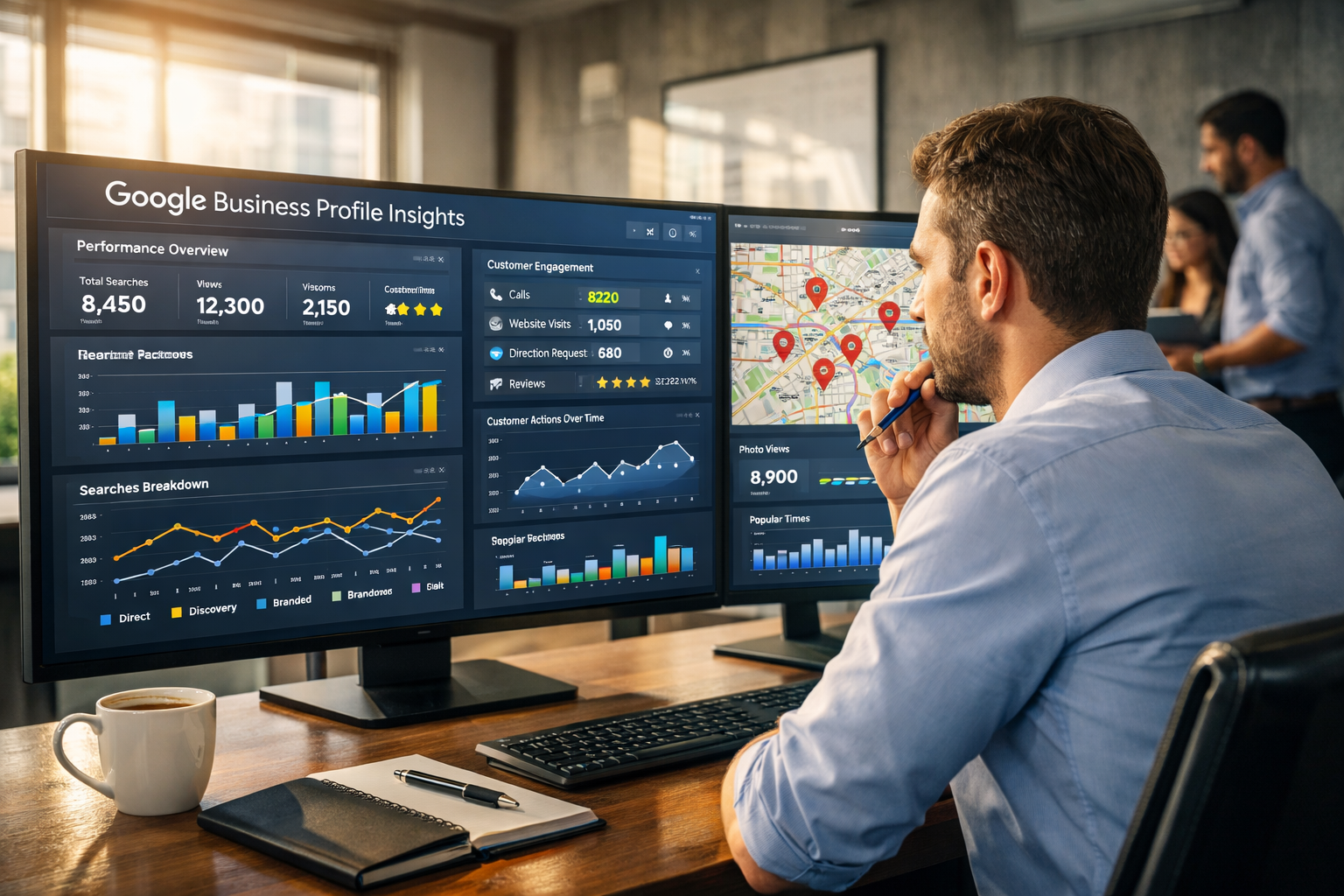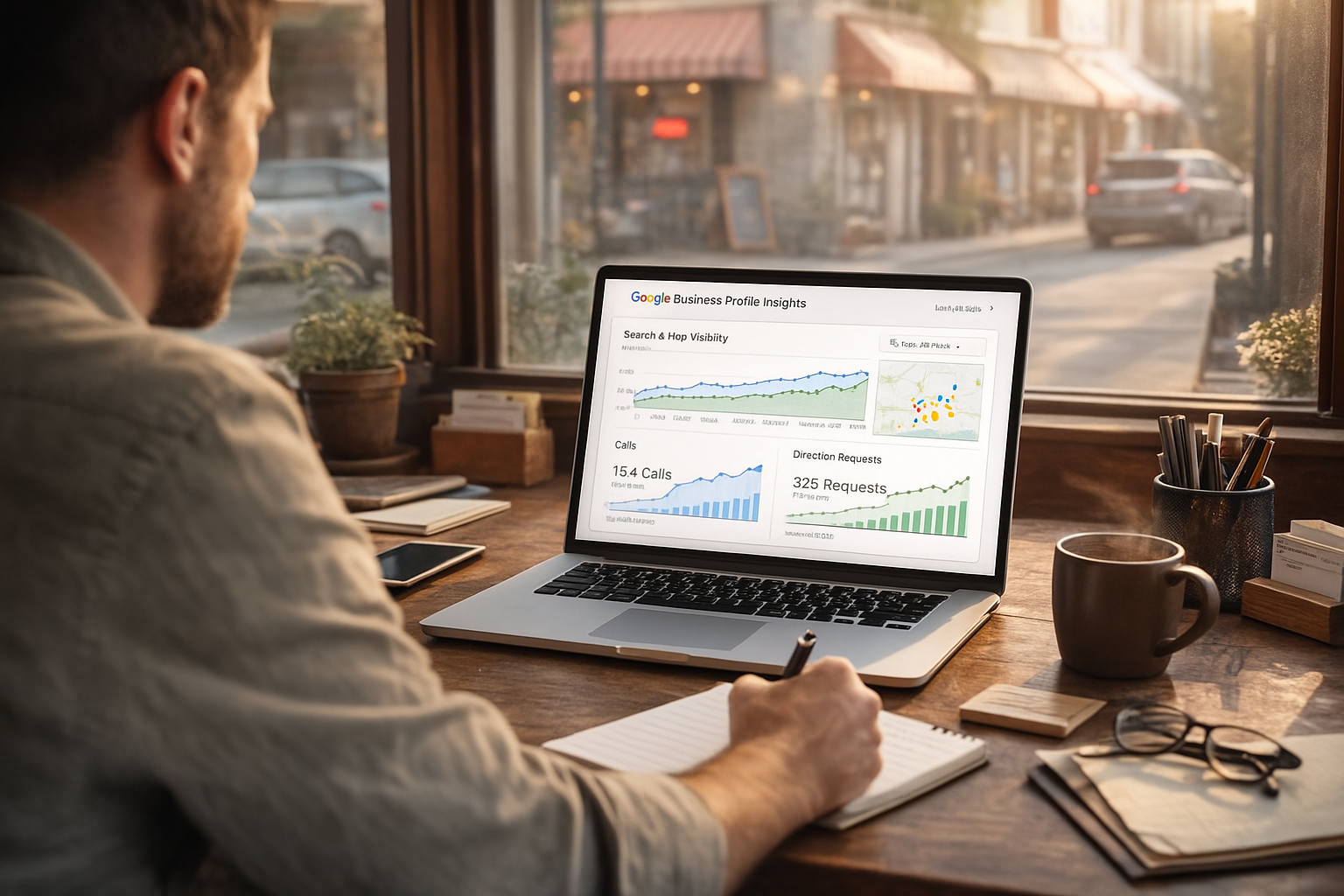What is GEO targeting in digital marketing?
Understanding where prospective customers are physically located allows businesses to engage audiences more precisely than ever before. GEO targeting leverages data such as ZIP codes, city names, GPS coordinates, or IP addresses, making marketing campaigns not only more relevant but also more effective in driving engagement and ROI. As digital marketing relies increasingly on personalization, GEO targeting has become indispensable for businesses seeking to reach the right person at the right time in the right place. This article explores what GEO targeting is, how it works, and how to use it strategically for business growth.
What Is GEO Targeting in Digital Marketing?
GEO targeting refers to delivering digital content or advertisements tailored to users’ specific geographic locations, ranging from nationwide to hyper-local. This method utilizes data sources such as IP addresses, GPS on mobile devices, Wi-Fi signals, or manual user input to narrow down who receives which marketing messages.
Businesses use GEO targeting:
- To improve local presence (like showing ads only to users near a physical store).
- To localize offers and tailor messaging for regional audiences.
- To allocate marketing resources efficiently by focusing on high-potential locations.
With consumer expectations evolving, GEO targeting ensures that campaigns aren’t scattershot but make meaningful, location-specific connections that drive results.
How GEO Targeting Works: The Technology and Data
GEO targeting combines several technological layers to locate users accurately and deliver content accordingly. Common mechanics include:
- IP address tracking: Detects desktop and some mobile users’ city/state-level locations.
- GPS data: Leverages mobile device coordinates for pinpoint accuracy, enabling radius-based and geofencing capabilities.
- Wi-Fi and Bluetooth: Identifies users indoors or in specific venues, often used for proximity marketing.
- Beacon technology: Interacts with smartphones nearby, pushing offers/events in real time.
- Manual location input: Users may provide their ZIP code or enable location in apps.
Platforms like Google Ads, Facebook, and specialized GEO targeting tools make it simple for marketers to set boundary conditions and dynamically show or hide content based on users’ real-world positions. Combining location with demographic or behavioral data further sharpens targeting precision.
Benefits of GEO Targeting for Marketers and Businesses
The advantages of GEO targeting go far beyond simple geographic segmentation:
- Enhanced relevance: Ads and content tailored for local audiences boost engagement and conversion rates.
- Efficient spending: Eliminates wasted impressions, focusing budgets on areas most likely to convert.
- Increased foot traffic: For brick-and-mortar, real-time offers drive more visitors to physical locations.
- Better measurement: Location-based data enables more granular tracking of campaign ROI.
- Competitive advantage: Localized campaigns differentiate brands from those with generic messaging in crowded markets.
GEO targeting thus helps marketers deliver the right message to the right person at the right place and time, amplifying the impact of every marketing dollar spent.
GEO Targeting Methods: Radius, Geofencing, Zip Code & More
Multiple methods fall under the GEO targeting umbrella, each offering different levels of precision for different situations:
- Radius targeting: Delivers ads to users within a specified distance of a location, ideal for events or brick-and-mortar campaigns.
- Geofencing: Sets up virtual boundaries (fences) so that when users cross them—physically, with their devices—they receive location-triggered ads or notifications.
- Zip code/city/region targeting: Used for larger-scale localization, such as citywide promotions or state-specific messaging.
- Hyperlocal/polygon targeting: Draws custom maps or boundaries, targeting neighborhoods or even individual streets.
- Platform-based targeting: Google, Facebook, and others offer built-in GEO targeting tools with robust customization options.
Matching method to use case empowers marketers to run both broad and highly specific campaigns as needed.
GEO Targeting for Local SEO and Search Engine Visibility
Local SEO is enhanced by GEO targeting, as search engines increasingly prioritize regionally relevant results:
- Localized landing pages: Creating individual pages for different neighborhoods or cities boosts organic visibility on Google and Bing for location-specific searches.
- Google Business Profile optimization: GEO targeting aligns with GBP management, ensuring local audiences find the business easily when searching “near me”.
- NAP consistency: Name, Address, Phone number uniformity enhances local rankings.
- Schema markup: Helps search engines interpret and display accurate business location info.
With more consumers forgoing keyword location qualifiers (e.g., searching "pizza" instead of "pizza in Brooklyn"), Google’s algorithms rely on contextual GEO data to serve up relevant results.
GEO Targeting in Social Media Advertising
Social media platforms have revolutionized granular location-based marketing:
- Facebook/Instagram: Offer neighborhood, city, and ZIP-level ad delivery, as well as dynamic ads triggered by real-time locations.
- Snapchat/TikTok: Target teens and young adults by city or even specific events/venues via GPS-enabled devices.
- LinkedIn: Location-based B2B targeting for reaching professionals in given regions, states, or metros.
- Dynamic creative: Swaps imagery or offers in real-time based on the user’s location, improving personalization and results.
Marketers can, for example, run separate campaigns for different store locations or push time-sensitive promos tied to local happenings.
Personalization and Customer Experience Through GEO Targeting
GEO targeting supports the ultimate goal of digital marketing: personalized, relevant customer journeys.
- Localized offers: Dynamic coupons or discounts activate only when users are in proximity to a store or targeted area.
- Event-driven messaging: Customers at or near local events receive relevant notifications, driving real-time engagement.
- Multi-channel experiences: GEO data syncs email, push notifications, and ads, offering a seamless cross-platform journey.
- Language and cultural relevance: Content adapts not just by location but also by local language and customs, deepening connection and respect for the audience.
Combining location data with purchase intent and behavioral signals creates a more memorable, value-driven experience for users.
GEO Targeting Challenges and Best Practices
Like any strategy, GEO targeting comes with challenges that must be addressed for maximum impact:
- Accuracy concerns: Data sources (like IP or public Wi-Fi) can occasionally misclassify user locations—always monitor and refine boundaries.
- Privacy and compliance: Ensure alignment with privacy laws (such as GDPR, CCPA) regarding user location tracking and consent.
- Over-segmentation: Overly granular targeting may limit reach and inflate costs—find the right balance between breadth and specificity.
- Ad fatigue: Beware of repeatedly targeting small audiences with the same message, risking frustration or opt-outs.
Best practices include:
- Testing multiple area sizes and methods.
- Combining GEO with behavioral and demographic signals.
- Continually analyzing results for adjustment.
GEO Targeting Tools and Platforms for Marketers
Deploying a GEO targeting strategy is straightforward using today’s digital marketing tools:
- Ad platforms: Google Ads, Facebook Ads, and LinkedIn all feature GEO targeting as a default campaign element.
- Specialized solutions: Tools like Geo Targetly, Digital Element, and others enable advanced mapping, polygon targeting, and analytics.
- Analytics integration: Google Analytics and similar software track performance by location, aiding optimization.
- CRM and automation: Sync GEO targeting data with CRM to coordinate personalized journeys across all touchpoints.
Choosing the right platform depends on business size, needs, and desired level of targeting precision.
GEO Targeting Trends and the Future of Hyperlocal Marketing
The future of GEO targeting is rapidly evolving, driven by AI, integration, and consumer expectations for hyperlocal experiences:
- AI-powered GEO targeting (GEO/Generative Engine Optimization): AI engines like ChatGPT, Google Gemini, and others increasingly recommend businesses based on hyperlocal visibility and LLM-driven semantic data.
- Indoor mapping: Emerging tech identifies users within buildings, offering mall, event, or airport-specific engagement opportunities.
- Cross-device syncing: Marketers can reach audiences as they move from desktop to mobile or from web to app, maintaining seamless experiences.
- Privacy-driven innovation: Solutions balance relevance with user control, empowering opt-in and transparency improvements.
To stay ahead, businesses must embrace new tools, prioritize first-party data, and experiment with creative, location-based approaches.
Making GEO Targeting Work for Your Business
GEO targeting unlocks enormous potential for finding, engaging, and converting the right customers at the right place and time. By leveraging advanced platforms, localizing offers, and optimizing continuously, marketers can drive higher ROI, grow local SEO visibility, and foster meaningful, lasting relationships.
As the digital landscape evolves, staying sharp with hyperlocal, data-driven strategies will remain crucial. Ready to put your business truly “on the map”? GetPhound’s suite of digital marketing services—including advanced GEO and Generative Engine Optimization—can help you get found where it matters most.












